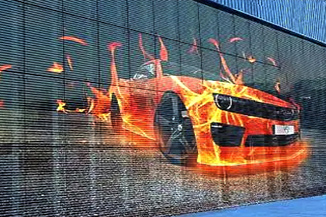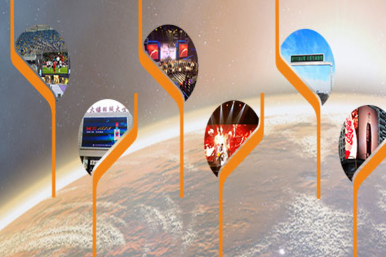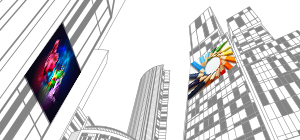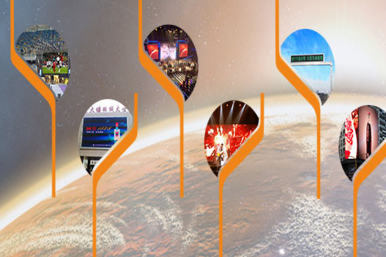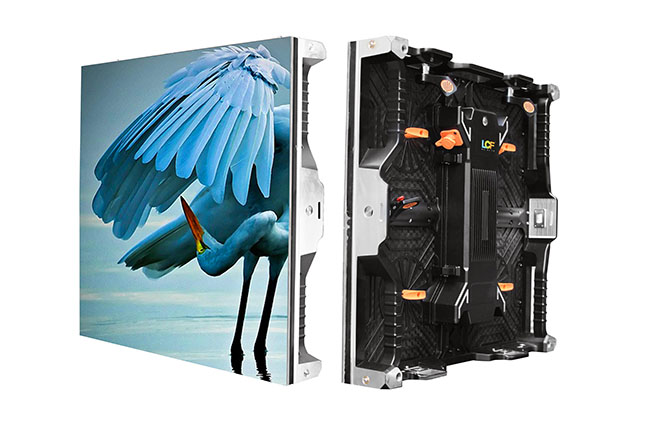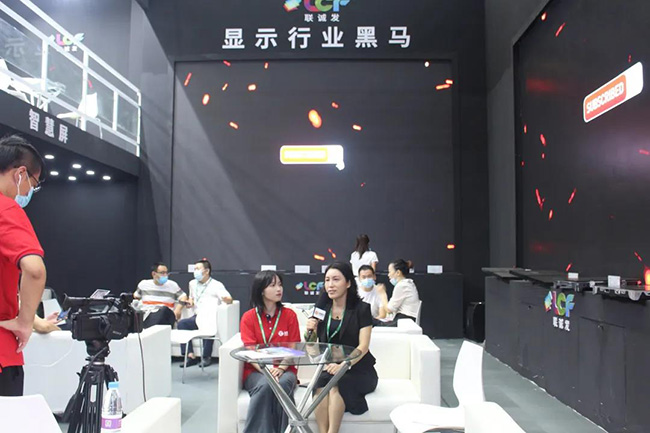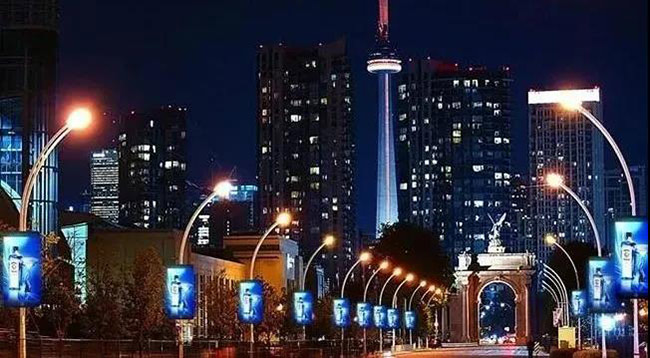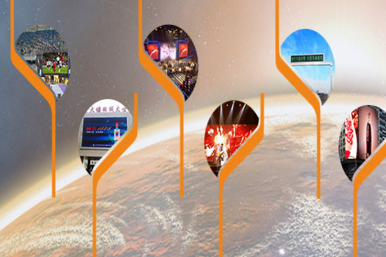Publisher: Supplier of LED Display Time: 2020-07-28 14:12 Views: 4852
After months of economic suspension, and the economic restart after the epidemic was effectively contained, people's long-standing consumption enthusiasm was fully released, and a new round of consumption boom was stimulated. Looking to the future, this trend of new consumption upgrades is expected to be maintained for a long time, and relevant hardware equipment will be updated. In this context, LED display manufacturers have also accelerated their march toward commercial retail applications.
In traditional shopping malls, specialty stores and other retail stores, static posters and light boxes are usually used to help marketing, but this method has been difficult to attract the attention of consumers pursuing freshness and fashion, especially for ultra-large format dynamic pictures In terms of the former, it is difficult to meet the demand. Although liquid crystal displays can also be used to realize large-format advertisements by splicing, the inevitable splicing affects the overall sense of the picture to a certain extent.
In recent years, small-pitch LED display technology has continued to focus on reducing dot pitch and improving resolution, so that LED displays can also achieve high-definition, ultra-high-definition, and even 8K display standards on small and medium-sized formats, which are enough to meet the high value of commercial retail. The sharpness upgrade needs. More importantly, on the large advertising screens of more than 100 inches, the LED display naturally has the advantages of seamless joints and good overall consistency. In terms of creating large-scale immersive special effects scenes, it is difficult for other technologies to match.
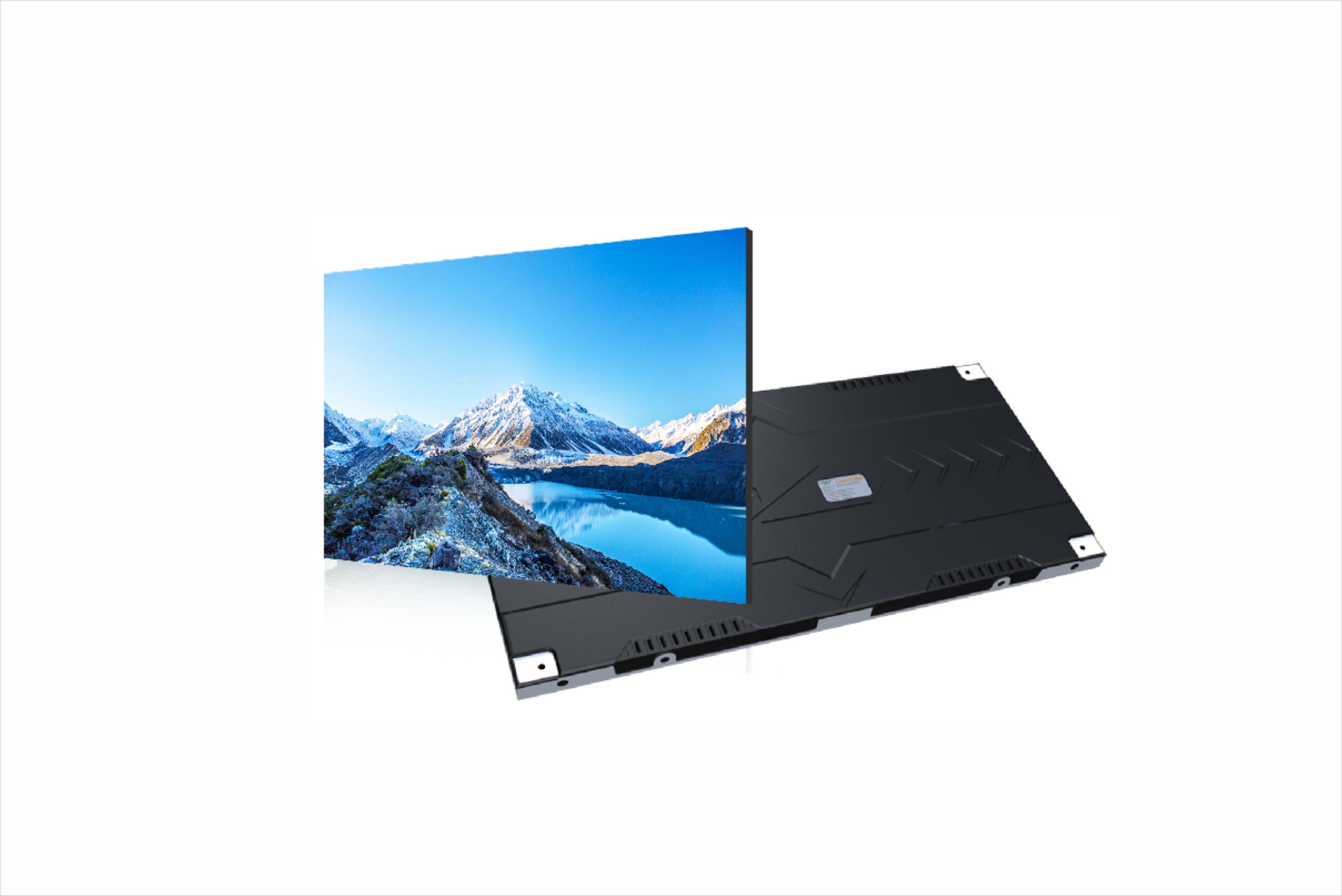
Not only that, in small-format applications, LED displays are also adequate. For example, in a semi-outdoor or outdoor shop window display, the LED display usually has the attribute of adjustable brightness. It can display clear images regardless of the high-brightness outdoor or low-brightness indoors, without the embarrassment of the screen being completely invisible in the sun . Even on small posters that are completely outdoor, the LED display with high protection performance can withstand extreme tests such as high temperature, high humidity, salt spray, high dust, and heavy traffic, providing a more durable choice for digital signage applications.
Not only that, LED is also useful in many application areas of digital signage. For example, in hospitals, museums, etc., it can be used for navigation and route planning, and in hospitals, banks, shopping malls, etc., it can provide number-calling information, discount information, and entertainment functions for people who are anxiously waiting.
Facing the general trend of new consumer demand in the future, LED displays are constantly evolving to meet the needs of a variety of applications. For example, the launch of products with different screen aspect ratios, products equipped with touch screen interactive functions, infrared temperature measurement products (such as during the epidemic), special-shaped splicing screens that support creative freedom, and transparent LED displays, etc. Even after the application of mini LED and micro LED on the ground, higher resolution can be achieved in a smaller size, which will further broaden the application range of LED displays in the retail field.
Stepping out of the dispatching room and moving into the commercial and household fields, it has become a topic of high concern in the field of small-pitch LED display applications. And through the precise connection with smart retail, the in-depth organic integration of LED display and digital signage applications will also become an inevitable trend.
